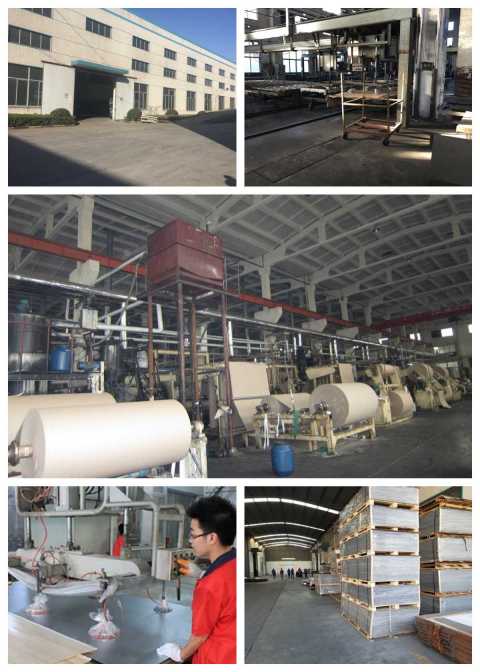Phenolic resin boards
Chemical resistance
- Phenolic resin boards are raw materials for making laboratory countertops.
- Their corrosion resistance is very important to users of laboratory furniture.
- In laboratories, various chemicals like sulfuric acid and sodium hydroxide are often used. These substances can easily damage ordinary materials, but the boards have a dense structure. This structure forms a protective barrier, effectively withstanding corrosion from strong acids and alkalis.
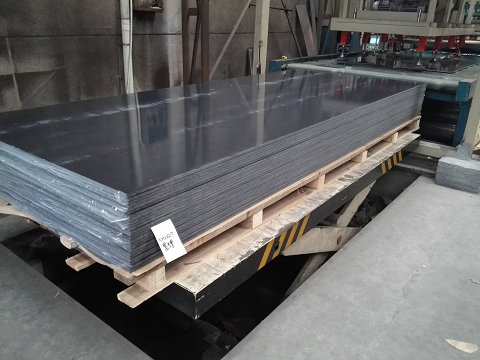
Application in lab furniture
- Countertop production:
- As the core material for laboratory benches and operating tables, they have strong chemical resistance and can resist corrosion from common laboratory reagents such as acids, alkalis, and organic solvents.
- Their smooth surface is easy to clean, which can reduce pollutant residues and ensure a clean experimental environment.
- Cabinets and partitions:
- They are used for the cabinets and internal partitions of laboratory storage cabinets and reagent cabinets.
- With good moisture resistance and stability, they can adapt to the humid and dusty environment of laboratories, extend the service life of furniture, and their flame-retardant properties can reduce the risk of fire during experimental operations.
- Fume hood components:
- They are applied in parts such as the liners and deflectors of fume hoods, which can withstand high-temperature gases and corrosive airflows that may be encountered during ventilation, ensuring the long-term stable operation of the ventilation system and providing safety protection for laboratory personnel.
- Phenolic resin boards
- This material can meet the stringent requirements of laboratories for weather resistance, safety, and durability of furniture, making it an ideal choice for improving the quality of laboratory furniture.
Benefits
- For laboratory users, choosing countertops made of phenolic resin boards means reducing the risk of damage caused by chemicals.
- This can extend the service life of laboratory furniture and save replacement and maintenance costs.
- Whether in research institutions, medical laboratories, or industrial testing rooms, the corrosion resistance of these boards ensures that countertops remain stable in harsh chemical environments.
- They provide a reliable workspace for experimental operations, making them an ideal choice for laboratory furniture materials.
Phenolic resin countertops
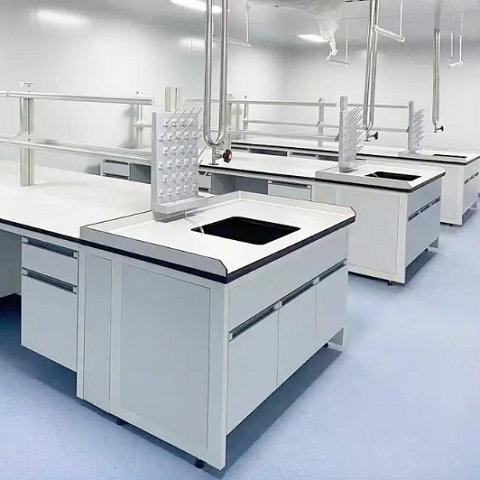
boards Specification
| Trade name | Chemical resistant laminate |
| Material | Phenolic resin sheets |
| Chemical resistance | SEFA3-2010 |
| Product Type | Sheet |
| Color | Black, Grey, White |
| Surface finish | Matt |
| Size (Foot) | 5X12 |
| Size(mm) | 1525×3660 |
| Thickness | 12.7,16,19,25 |
| Cost | L |
| Mini ordere | 30 |
Phenolic sheets chemical resistant testing
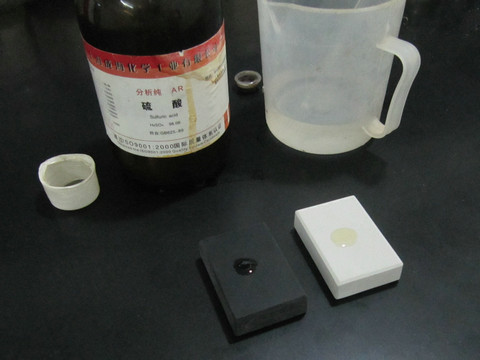
SGS Certificate
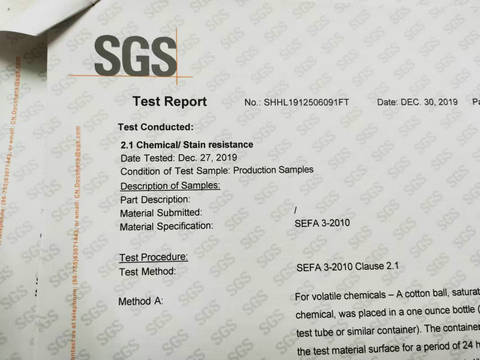
Shipping

Phenolic resin sheets supplier
